From Earth, With Love.
Written by Sarah Treadwell – BMSIS Science Communication and Education Affiliate
In 1977, NASA launched two of the most iconic and beloved spacecraft of all time. When Voyager 1 & 2 launched, they set on a course to sail past the outer planets of our solar system. Now 46 years later, Voyager 1 continues to sail outward, presently 50 billion miles away into interstellar space, Voyager 2 is at 20.3 billion miles away. Unfortunately, we now await word of the status of Voyager 1, who recently malfunctioned and can no longer communicate back to Earth. A difficult glitch to troubleshoot, considering it takes 22 hours for messages to pass bath and forth.
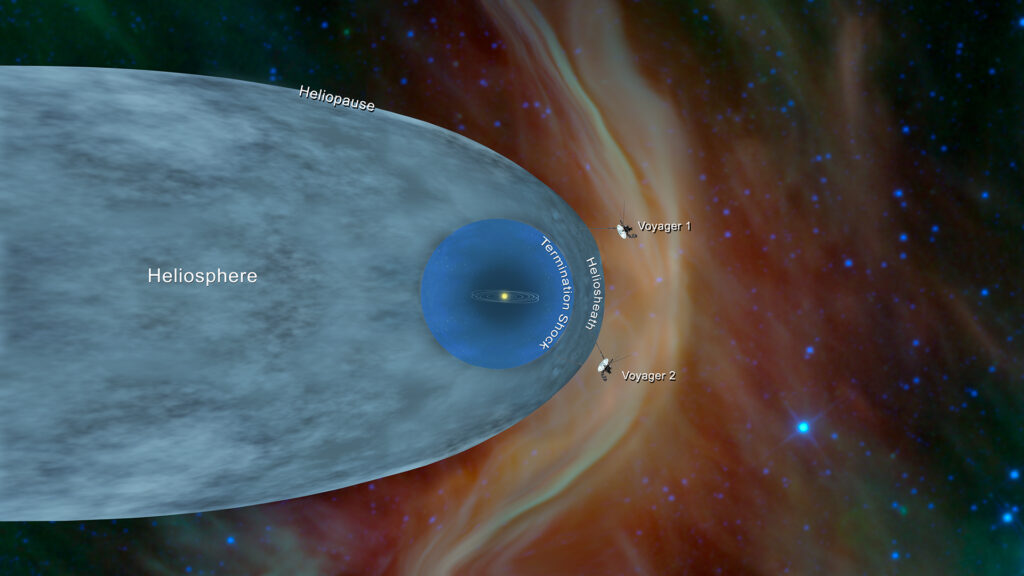
As we await the news on the grim status of Voyager 1, it’s hard not to already feel some heartache on the prospect of saying a final goodbye. This craft discovered Jupiter’s rings, volcanic activity on Io, and took the iconic Pale Blue Dot selfie, to name just a few things. To say we can give her a pat on the metallic back of job well done is an understatement. But who could forget the final legacy on board… the alluring and renowned golden records?
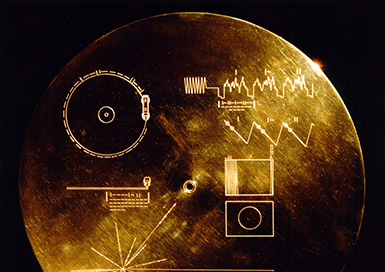
During Voyager’s construction, Carl Sagan, upon realizing these craft were going to leave our solar system forever, envisioned a project that would serve as a message in a bottle. Bound by the technology of the time, this message was decided to be a record. On each record are songs, greetings, sounds, and images (the images capable of being captured due to its phonographic nature) attempting to encapsulate a representative of all of us humans and what matters to us. The records were then plated in gold to protect them from the harsh radiation of space.
Many scientists were apprehensive about the inclusion of the records on Voyager 1 & 2. From a payload perspective, this is understandable. They, along with the record players included, are added weight that could be given to other tools placed on board. But now with perspective and time on our side, I think few can deny the humanistic value and impact these records have had on us. It is so common for me to talk to others in the space industry who have not in some way been profoundly influenced by Carl, the Voyagers, or the Golden Records.
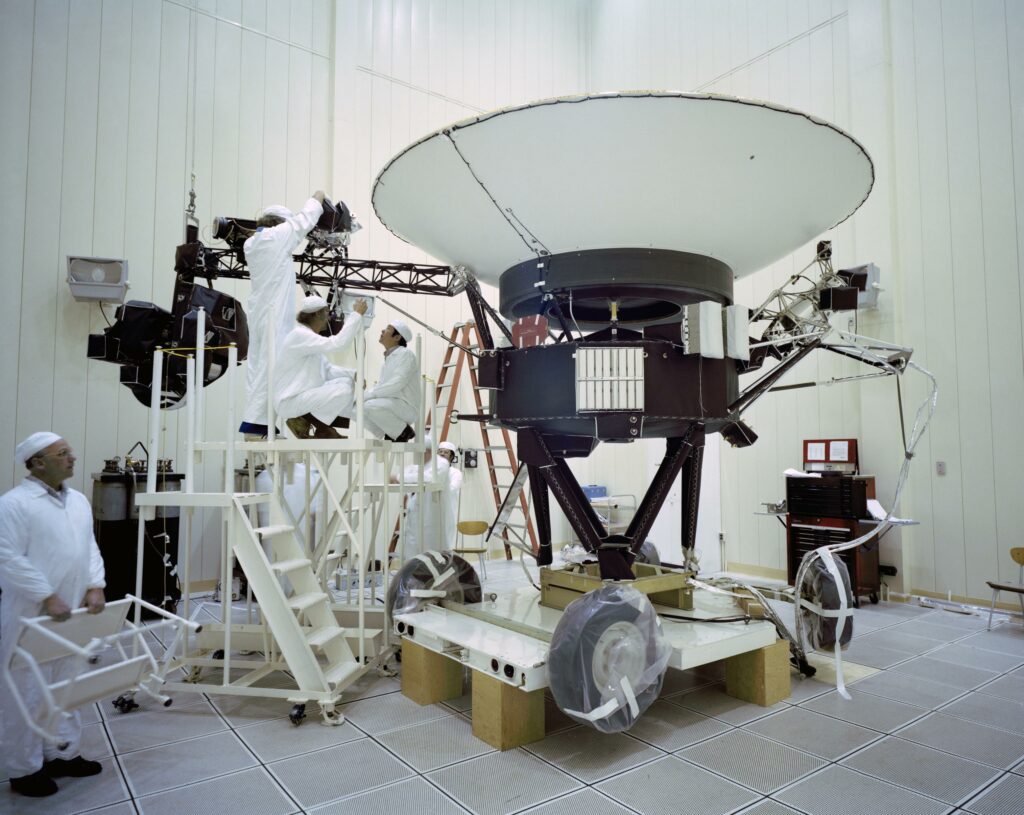
The task of encompassing all of Earth seems an insurmountable task even in modern times. The task in the 1970’s, constrained by the storage space of a record, today seems impossible! Yet, I have found the final selections in the production of the record utterly thoughtful and fascinating. And while I do encourage you to explore everything on the records yourself, here I have compiled a list of the 5 things I personally find exceptionally moving added to the golden records; particularly from a communications, humanistic, and emotionally driven standpoint.
As a classically trained musician, you would expect me to pick a classical great in the lineup of music chosen for the record. However, the story behind this song makes this my top choice, without a doubt. This beautiful short animation tells his story, and full disclosure, you should probably grab some tissues for this:
2. “Wild Dog Bark/Tame Dog Bark” (Sounds)
I find it particularly interesting and fascinating that of the extremely short lineup of sounds selected, dogs are placed on there twice. My interpretation of this is the significance of what this animal has meant to us as a species. Our partnership with them has had both practical and emotional benefits throughout human history. I think having the wild and domesticated barks is a signifier of the evolution of the animal itself, as well as the relationship we developed throughout time with them. But most importantly, I believe it denotes the love we have for them. I know I most certainly have had my life changed by the companionship of many dogs, who have served by my side through so many highs and lows of life.
Wild Dog
Tame Dog
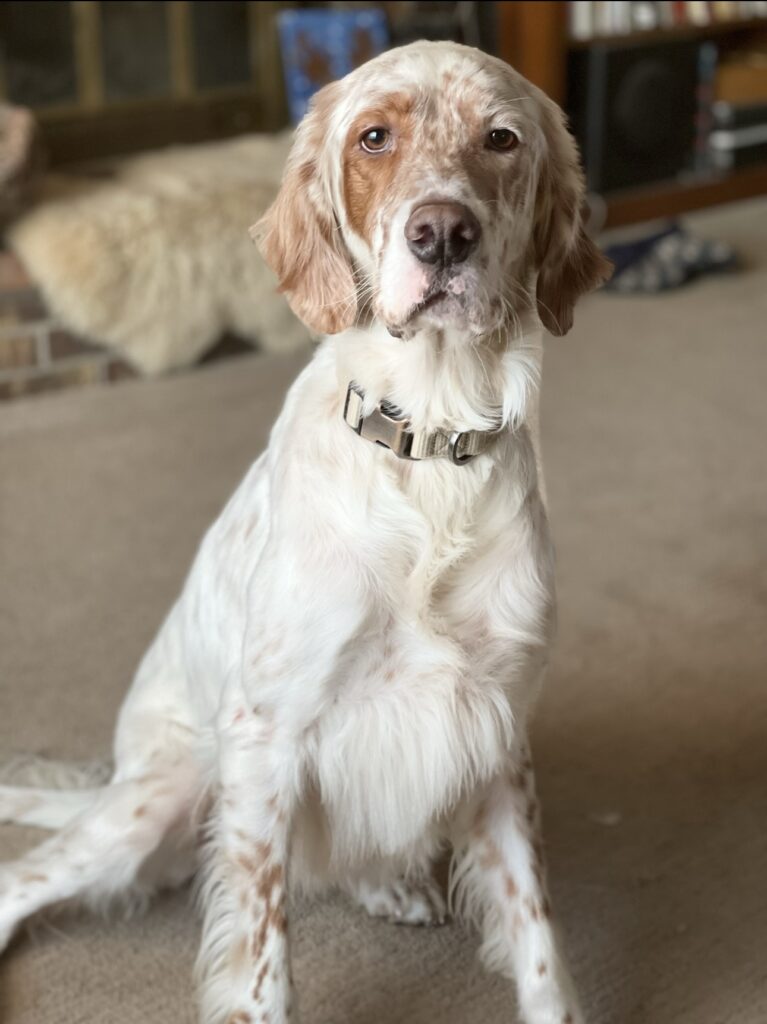
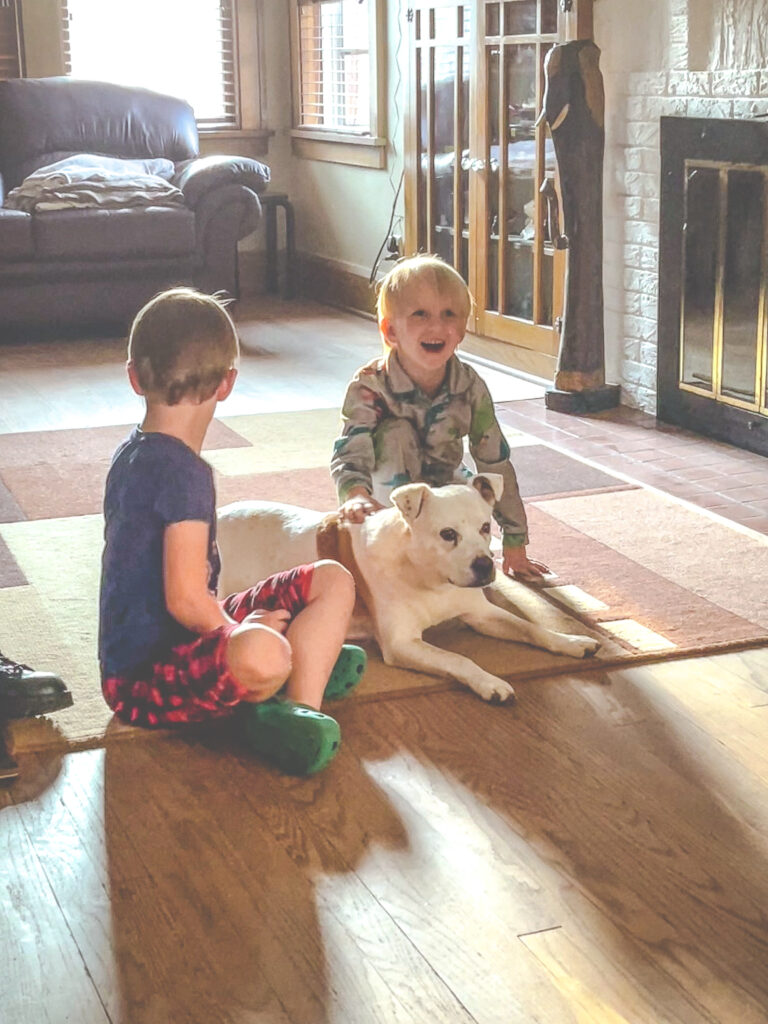
3. “Life Signs/Pulsar” (Sounds)
During record production, one of the producers of the golden records came up with the idea to use an EEG to record the brain waves of a human, and volunteered to be the person recorded. This person just happened to be Ann Druyan. While working on the project, she fell in love with Carl Sagan, and had just become engaged to him just days before her brain recording. In Murmurs of Earth she subtly admits that her thoughts of love for him are one of the many thoughts encapsulated into the final compressed 51 second sound byte. Carl and Anne stayed married until his death. But her loving thoughts of him continue to live on, carried into interstellar space for billions of years to come. I honestly cannot find anything quite more romantic than that.
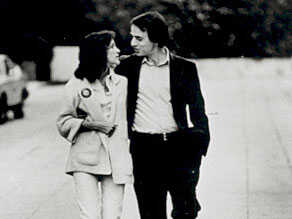
4. Page of a Book (Newton, A Treatise Of The System Of The World – 1728) – (Image)
There are so many incredible worthy images to share from the records and honestly this one had a very close tie, but I decided my top image on the records is that of a photograph of a page from Issac Newton’s book, “A Treatise Of The System Of The World” describing how he believed an object could be launched into orbit for the first time. While I’m not entirely certain how much an alien would understand or appreciate this tid-bit, like all good time capsules, I find that this inclusion is more so for us. Paying homage to that first attempt of understanding what eventually became reality, orbital launch, which is the only reason these records now exist in space, was a powerful inclusion. Science stands on the shoulders of giants.
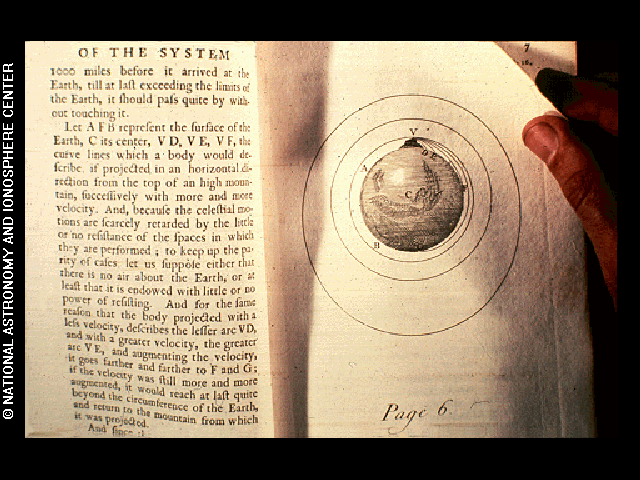
While I too, of course, find Carl Sagan’s son’s greeting just adorable as the next, the greeting section of the records overall are such a lovely expression of human culture that I find so overlooked. It is not simply “hello’s”… sometimes the greetings encapsulates the values of that individual, whether culturally or significant to them individually, as to how they would greet a guest. In a way, I truly see this section as a snapshot of a difficult to encapsulate layer of humanism, which makes us so uniquely different in our communications compared to other animals who can communicate. For example:
Amoy (Min dialect)
“Friends of space, how are you all? Have you eaten yet? Come visit us if you have time.”
Swedish
“Greetings from a computer programmer in the little university town of Ithaca on the planet Earth”
Ukrainian
“We are sending greetings from our world, wishing you happiness, goodness, good health and many years.”
As you can see, the records are filled with fascinating artifacts that are just begging to be explored by more. Some are extremely time-bound, which are interesting in their own right, and some are incredibly timeless. Others are extremely personal to the individuals involved in the creation of the records. And some you may find have more personal meaning to you than they do to me.
No matter how you feel about what is on them, it is very likely they will outlast the existence of Earth and humanity. Someday, they could serve as some of the precious few lonely records that we humans ever existed. As we await to hear if Voyager 1 will ever communicate electronically to us again, I take comfort in knowing that even if not, it will still serve this special and unique purpose to quietly say, “We were here” with the golden record for a very, very long time.
Sarah is a professional science communicator who goes by Space Case Sarah. She is currently pursuing a PhD in communications at the University of North Dakota. There she works as the research coordinator and communicator for the Arctek lab. She is a 2023/2024 NASA SCoPE grant winner, as well as a 2023/2024 Astronomy in Chile Ambassador. Sarah produces “Ask an Astrobiologist” with SAGANet, is a NASA/JPL Solar System Ambassador and is located in Rockford, IL.
